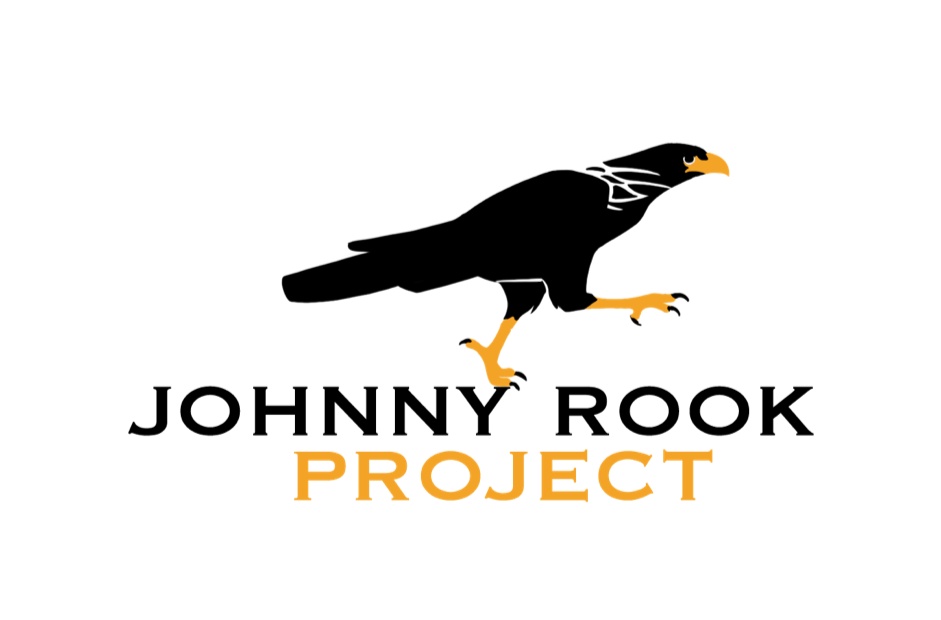Research
Behavior
One of the best ways to to learn about an animal is to observe it in its natural habitat. During our visits to the Falklands we make regular video-recorded observations of the birds to gain insight into their foraging, social, and exploratory behaviour.
Responses to novelty
Johnny Rooks are notorious for their curiosity, but we still know little about how their interest in new objects compares to other species, or even which objects are most interesting to them and why. In collaboration with the ManyBirds Project, we investigate how individual caracaras differ in their approach to new objects, and what visual or structural properties trigger their exploration.
Innovation
Species that spend more time exploring their environment often have greater opportunities to discover new solutions to problems. We are currently investigating the innovative capabilities of wild striated caracara to better understand how they approach and solve new problems, and what behavioural characteristics facilitate innovation.
Movement
Knowing where, how, and when a species moves enables us to focus our conservation efforts on the areas that are most important for a species’ well-being. We use miniature, animal-mounted dataloggers to record detailed movement tracks during summer and winter. With these data, we’ve learned individuals tend to repeatedly target specific locations to meet their needs and have predictable “highways” between these areas.
Foraging ecology
An animal’s ability to find food is critical for survival. Because caracara primarily feed on resources associated with seabirds, they have to become quite crafty in the winter months when seabirds are away. To better understand how these seasonal pressures affect their behavior and well-being, we investigate annual feeding patterns, assess seasonal diets, and monitor their response to the presence of farm settlements.
Genetics
Together with colleagues in mainland South America, we investigate the similarities and differences between the two primary populations of striated caracara: those inhabiting Isla de los Estados and those on the Falkland Islands. We use these data to facilitate more accurate global estimates and our understanding of population trends to better inform conservation management priorities.






